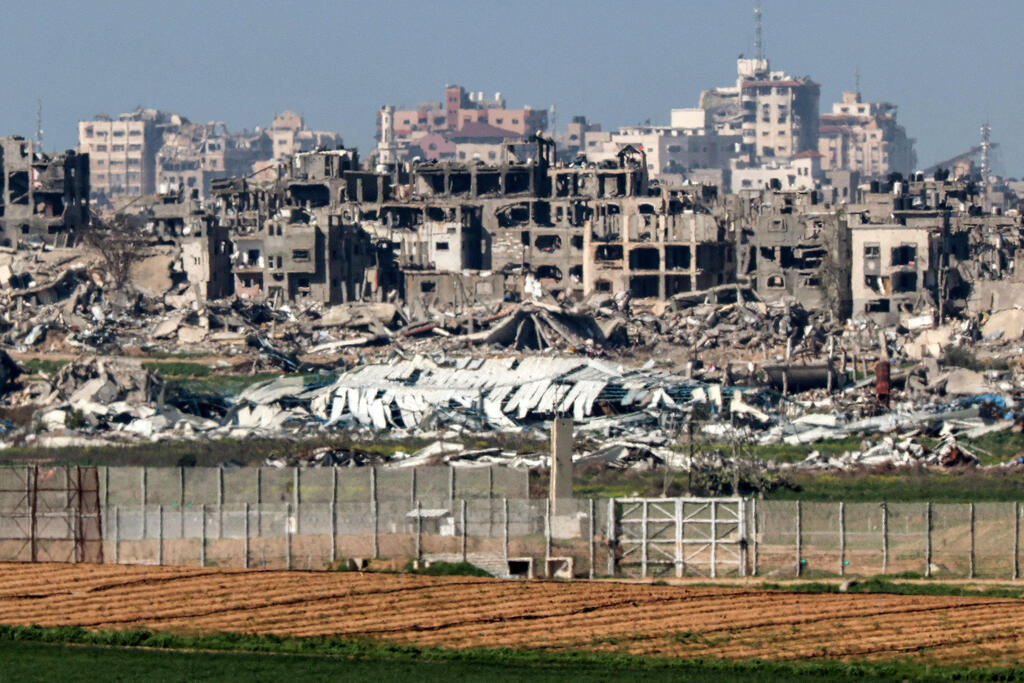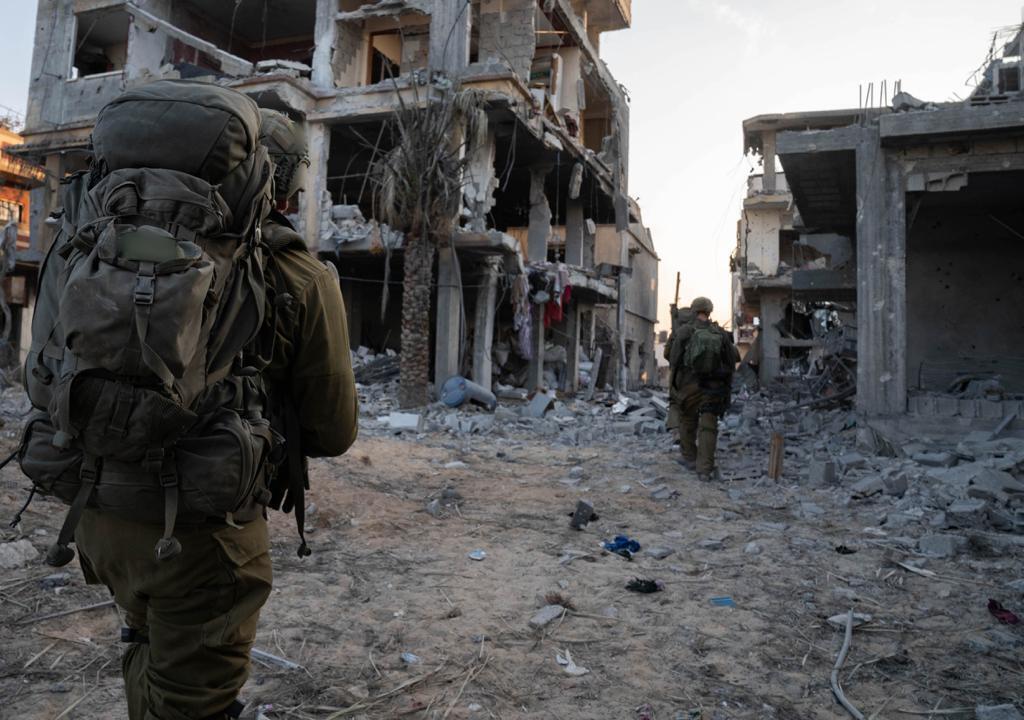Getting your Trinity Audio player ready...
Israel will continue as long as the threat remains
For decades to come, October 7 will shape Israel as the third-deadliest global terrorist attack since data collection began in 1970. Calls for a permanent cease-fire are a mistake. Hamas never will be a partner for peace, or a reliable cease-fire actor. Since the savagery of October 7, the equation has changed. Israel will now do whatever it takes to remove the terrorist threat.
History proves that Hamas has always endangered Israeli security
Hamas has never pretended to be fighting for the well-being of Gaza’s population, or for Palestine as a national cause. The group has a long track record of breaking cease-fires and, given the opportunity to rearm and regroup, have made it clear that they will carry out their goal of annihilating Israel. Throughout their history, Hamas and other Gazan armed factions, have drawn the IDF into prolonged guerilla warfare: in 2008-2009, 2012, 2014 and 2021 . Material supplied to Hamas by Iran has helped them to build their sizable rocket arsenal. Ultimately, these conditions all lay the foundations for yet another, potentially even bloodier, Gaza war. Therefore, Israel’s position is firm, and backed with untold public support: enough is enough. The threat to Israel must definitively stop.
America and the UN have their own agendas
On March 25, the UNSC first passed a cease-fire resolution in Gaza . This is nothing new – since 1948, the UN General Assembly has consistently pressured the Security Council to order an immediate cease-fire any time Israel has launched a counteroffensive. In March, the United States abstained at the UNSC as the resolution did not condemn Hamas, which the U.S. had long demanded as a precursor . The move represented a shift, marking a U.S.-Israel divide over not just symbolism, but substance too. The United States had largely supported Israel’s goals but also has a strong interest in winding down the war that has divided American voters in this election year .
Hamas consistently refuse new cease-fire suggestions from Israel
Until now, Hamas has insisted on a permanent cease-fire and the withdrawal of Israeli forces from Gaza. Israel has refused this as that does not address the release of all Israeli hostages. April then marked the "the fifth time in a row that Israel has offered new cease-fire suggestions and Hamas have rejected it," Prime Minister Netanyahu said.
Hamas not agreeing to cease-fire proposals escalates tensions
“The rejection of the latest proposal,” said Prime Minister Benjamin Netanyahu in April, “proves that Hamas leader Yayha Sinwar is not interested in a humanitarian deal and in the return of the hostages, and continues to take advantage of tensions with Iran.” Any escalation could indeed pull in Gulf countries –Qatar for one threatening to reconsider its role as key mediator between Israel and Hamas. Tensions with the US, Russia and China could also potentially create an explosive global confrontation.
Misleading American proposal in May
In a turn of events from the Americans, President Joe Biden said on May 31 that he was outlining a truce proposal that had been made by Israel and passed by mediators to Hamas . He said that Hamas was no longer capable of launching an attack on Israel akin to the October 7 attack and that it was time for the war to end. Needless to say, these claims are deliberately misleading: They do not take into account how Hamas can easily re-obtain such capability in due course and carry out, as promised by its leaders, another October 7 once again.
Israel has not changed its conditions, regardless of this proposal
While the White House described this plan as originating from Israel, it was in fact a proposal put forward by mediators to which Israel had made amendments and changes. Israel has not agreed to withdraw its troops from the Gaza Strip as part of any deal to free remaining hostages. Nor has Israel changed its conditions to reach a permanent cease-fire. That will only happen after Israel’s objectives are met to destroy Hamas’ military and governing capabilities. The eradication of Hamas right now is incomplete, with battalions of Hamas terrorists remaining in the southernmost city of Rafah, while fighting still continues in Gaza’s north. The full withdrawal of Israeli forces called for in this agreement could well allow Hamas to claim victory and reconstitute itself.
The goal of the Americans appears to spotlight stonewalling by Hamas and right-wing members of the Israeli government as key roadblocks to a diplomatic settlement. Whether such a strategy ultimately succeeds will depend on the Biden administration's ability to apply significant, consistent pressure to both sides. The likelihood of such sustained diplomatic pressure from the U.S. at election time is doubtful.
To conclude ...
It would now be a mistake to apply pre-October 7 rules – the pursuit of an elusive, false calm – to post-October 7 reality, especially given the heightened tension from the Iranian attacks. If Israel does so, terrorist attacks will become Israel’s new normal and eliminating invading killers will be the limit of Israel’s internationally acceptable response. Futile attempts to falsely cajole Israel into action when the threat is still very much active are counterintuitive to the county's future security.
 Jennifer Teale
Jennifer TealeThere is only one sustainable trajectory in this war, especially as Iran is becoming bolder and more aggressive, and Hezbollah mounts up its aggression as well: win over Hamas in Gaza, return all the hostages, and usher in a new reality in the Gaza Strip that will guarantee Israel’s long-term security needs, without Hamas in power.
Jennifer Teale is a researcher at the Israel Defense and Security Forum




